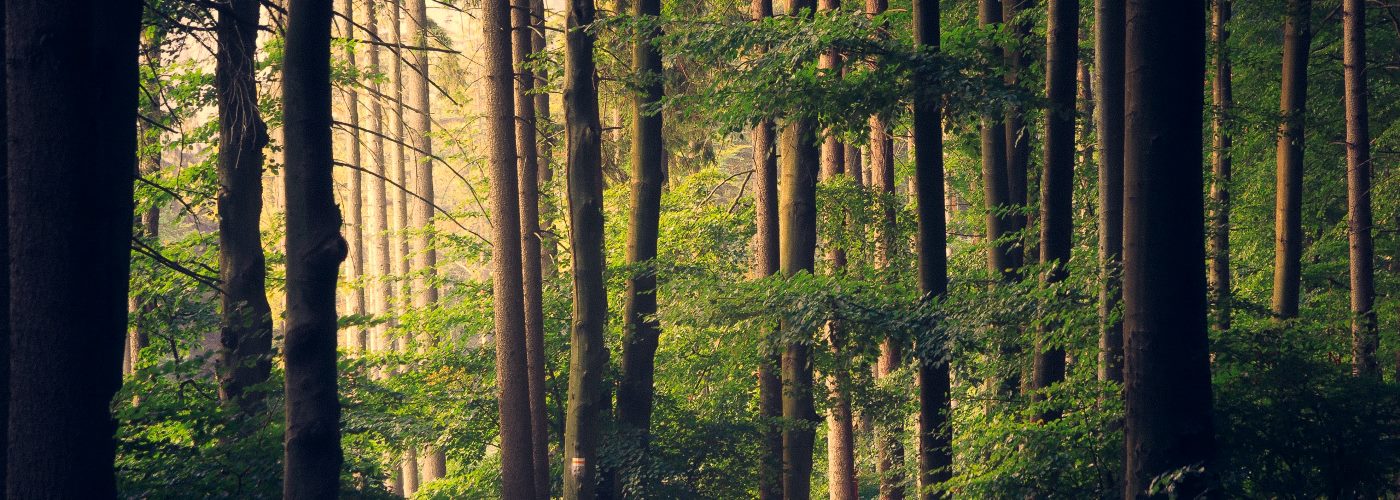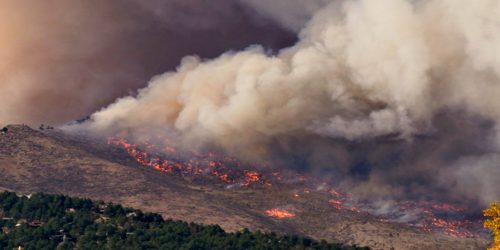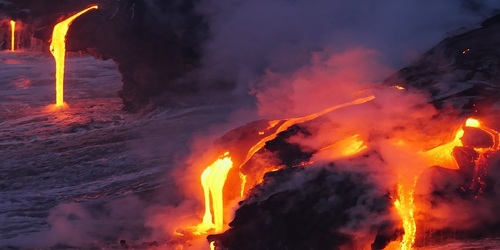

One of the most effective methods to combat future climate change and help stem the rise in carbon emissions may not be as high-tech as that flashy Tesla vehicle down the street. According to a 2019 study from researchers at the Crowther Lab at ETH Zurich, up to around two-thirds of human carbon emissions could be captured from the atmosphere by a concerted effort to plant more trees.
During the process of photosynthesis, trees take in carbon dioxide and water. When exposed to light, they turn this carbon dioxide and water into glucose and oxygen. One acre of mature trees can capture 2.6 tons of carbon dioxide per year. That’s enough carbon dioxide to equal the amount produced when a car is driven 26,000 miles!
In the study from the Crowther Lab, researchers accounted for urban and agricultural areas, as well as areas not suited for tree growth, such as deserts, to estimate the amount of land that is available for reforestation worldwide. That figure is 0.9 billion hectares, or an area roughly the size of the United States. If enough trees were planted to cover a region that large, they calculated that it would absorb the amount of carbon emissions equivalent to that produced by all human activity since the Industrial Revolution. Furthermore, they showed that the countries with the greatest potential areas for reforestation are Russia (151 million hectares), the US (103 million hectares), Canada (78.4 million hectares), Australia (58 million hectares), Brazil (49.7 million hectares), and China (40.2 million hectares).
With a warming of higher latitudes as global climate change progresses over the next 30 years, in areas like Siberia and Canada, tree cover is expected to increase as the conditions become more suitable for tree growth. However, these gains in the higher latitudes may be negated by the loss of dense tropical forests near the equator due to the same climate change in the future.






